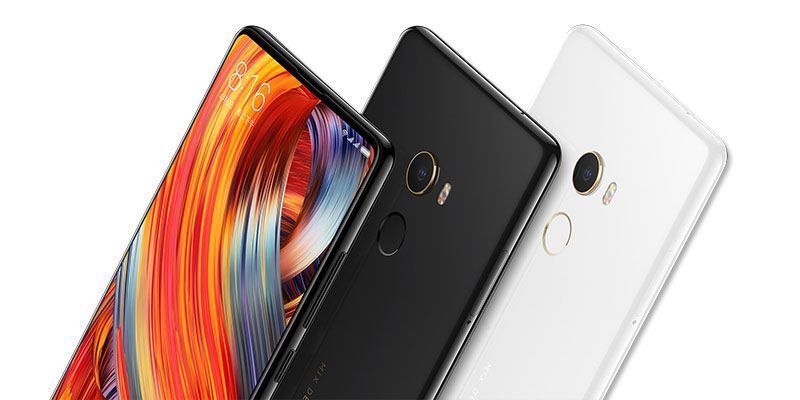Bezel-less and edge-to-edge designs are rapidly becoming the norm, allowing OEMs to squeeze larger displays into a more compact form factor. However, optimising one-handed usability and adding value through smart implementations of edge interactions is becoming critical.
A recent study from the User Experience Strategies (UXS) service at Strategy Analytics, investigating the needs, behaviours and expectations of consumers regarding smartphones, has found that these designs may enhance the user experience in terms of visual and cognitive aspects, but pose additional ergonomic challenges that can compromise it.
According to the report, the benefits of larger screens through the removal of the bezel include displaying more content, legibility of text on the screen, on-screen multitasking and interaction with buttons on the screen.

But in turn, more physical effort and friction is required to operate the smartphone. Consumers may experience inadvertent activation of the display, additional extension of the thumb to be able to reach the bottom/top of the screen, having to adjust their grip to reach physical buttons on the device and additional effort when trying to use the device one-handed when multitasking.
The report goes on to say that enabling users to customise how they prefer the virtual home button to work through actions such as ‘always on’ or swiping up, may be a good way to meet the needs for different tasks without compromising usability.
Analyst and report author Ji-Wei Wu commented:
“A reduction in the size of the smartphone bezel is visually striking; it increases the maximum screen size that is possible on a smartphone without necessarily increasing its overall physical size. But devices with edge interactions can result in user frustration when edge features are launched instead of the elements at the edge of an app they actually wanted. One-handed activation is especially problematic due to thumb-heel proximity at the edge of the content area”.

